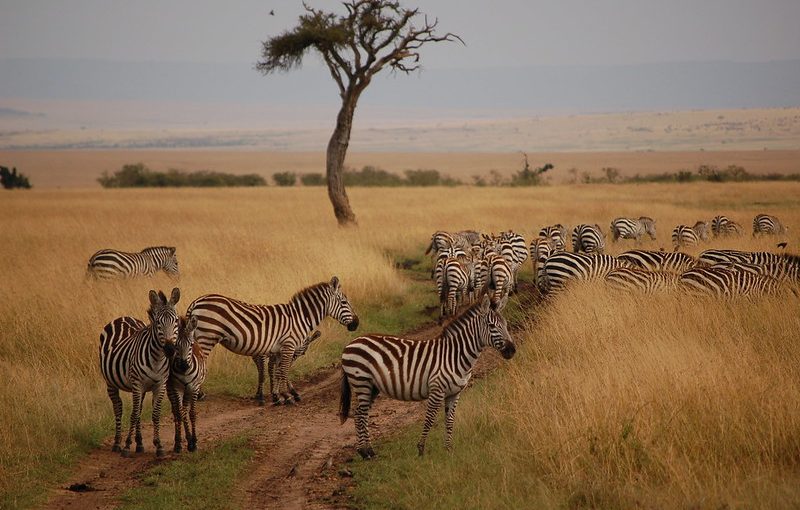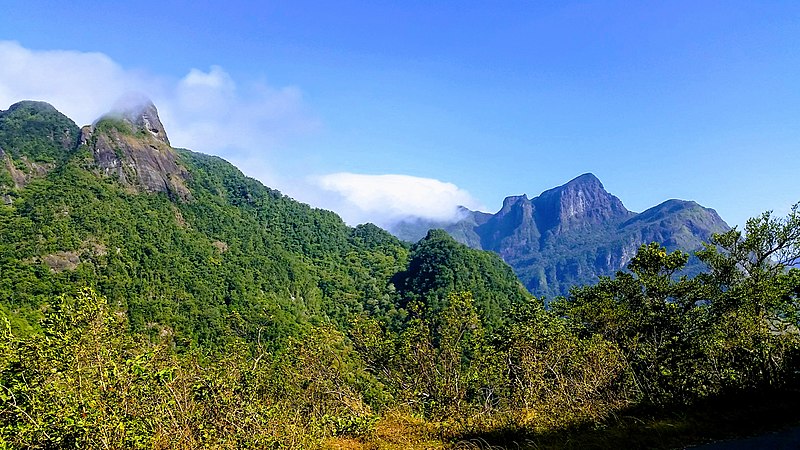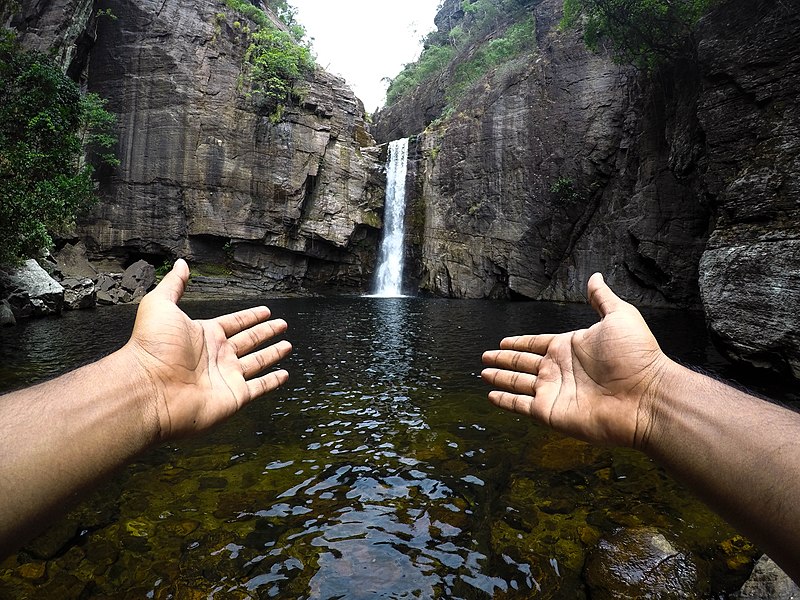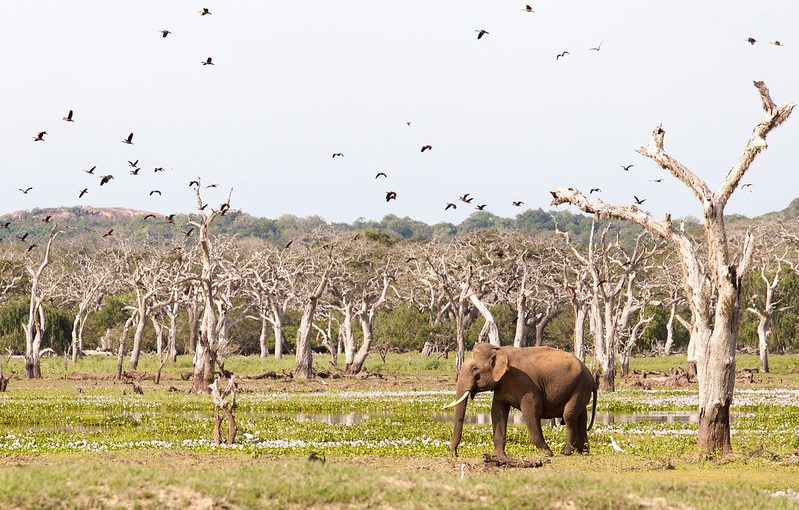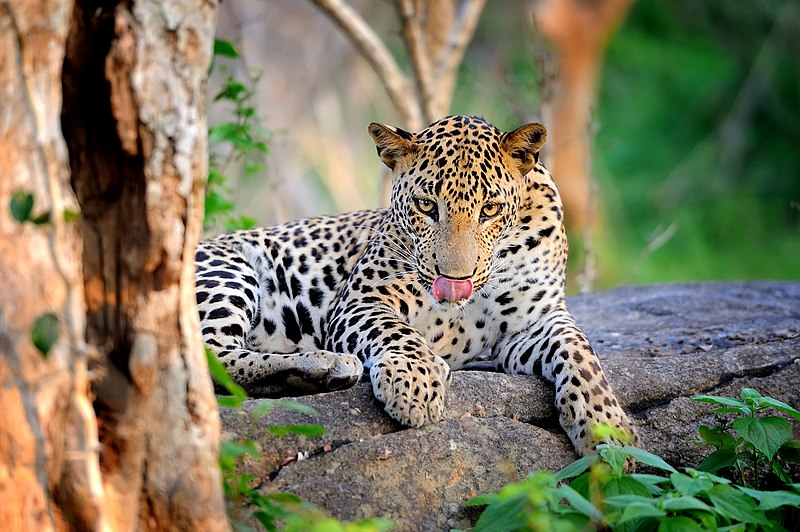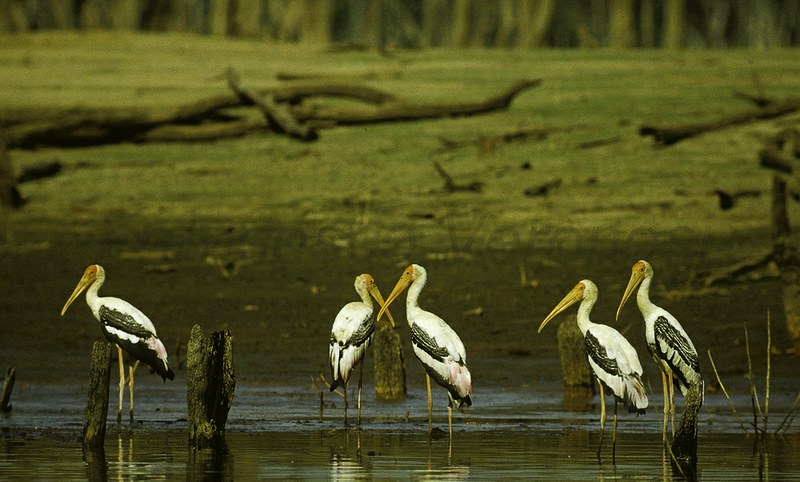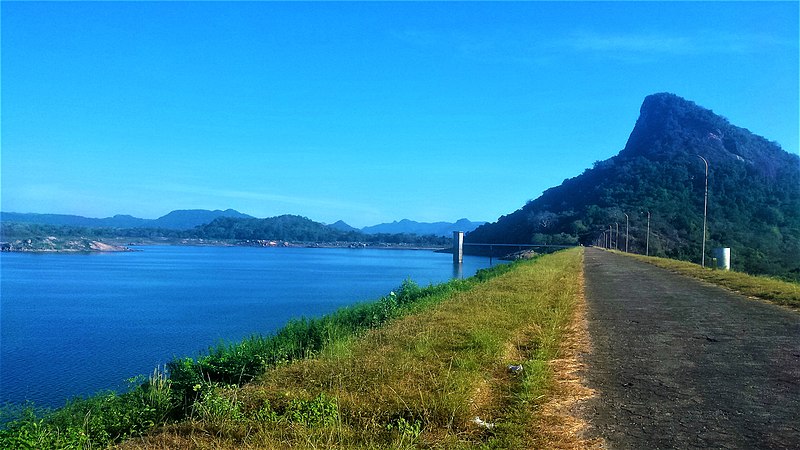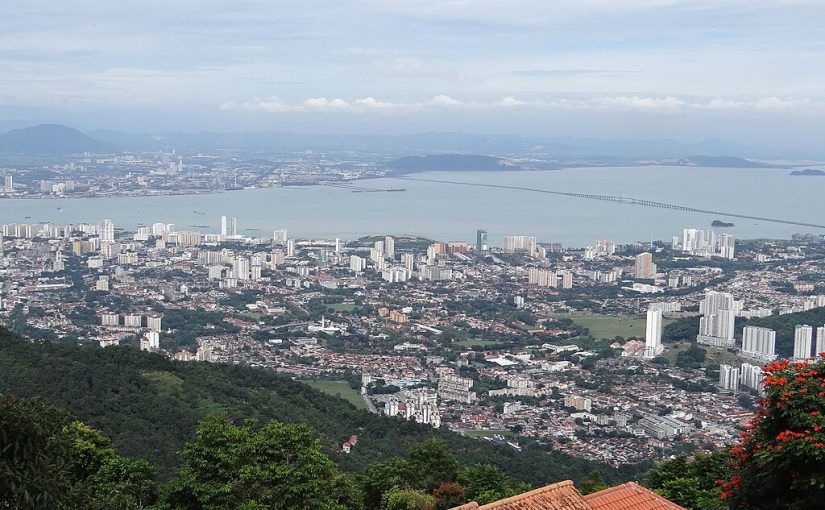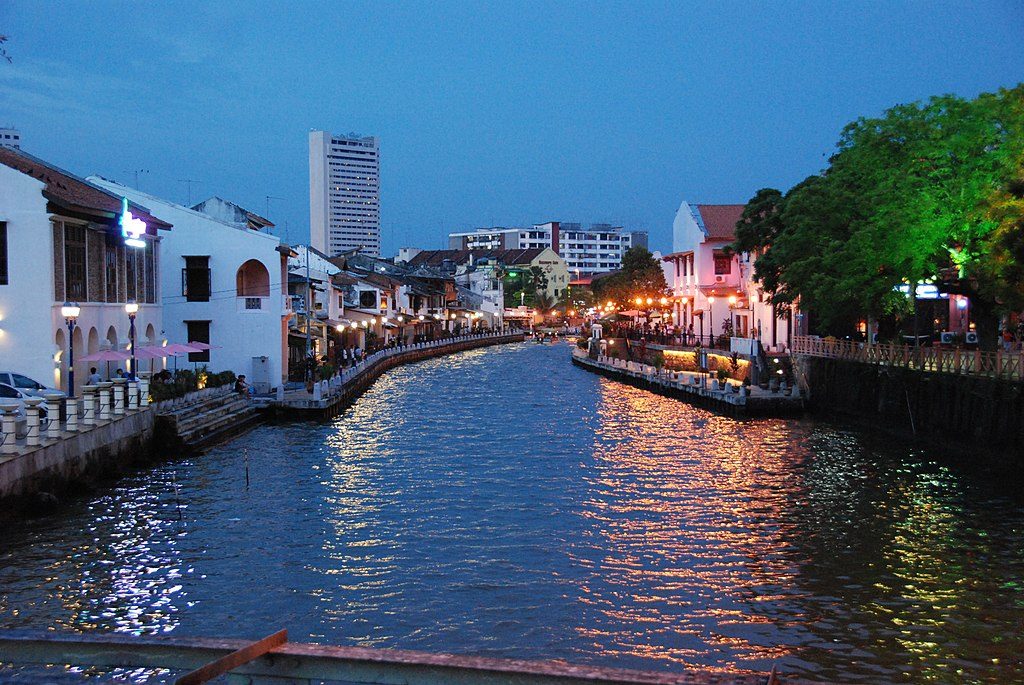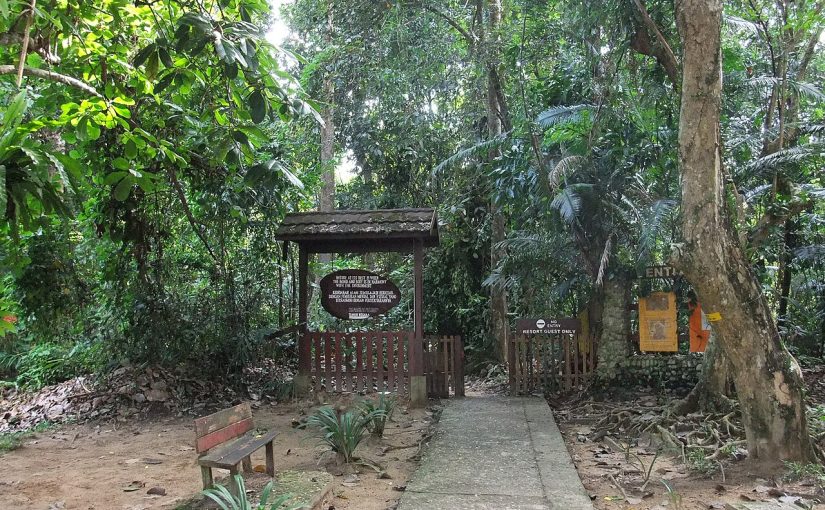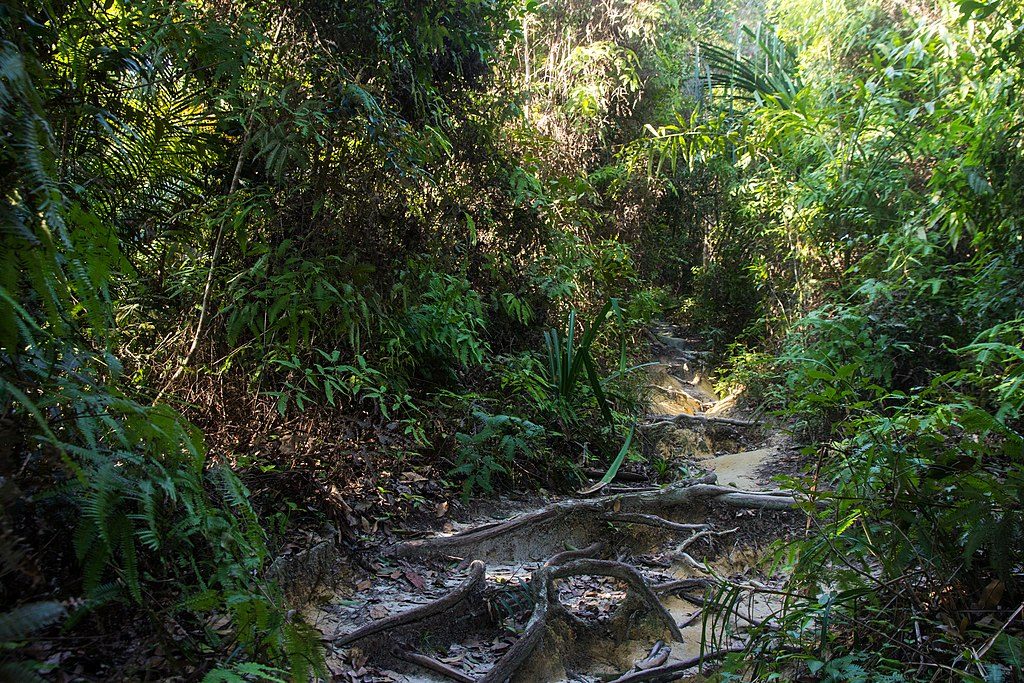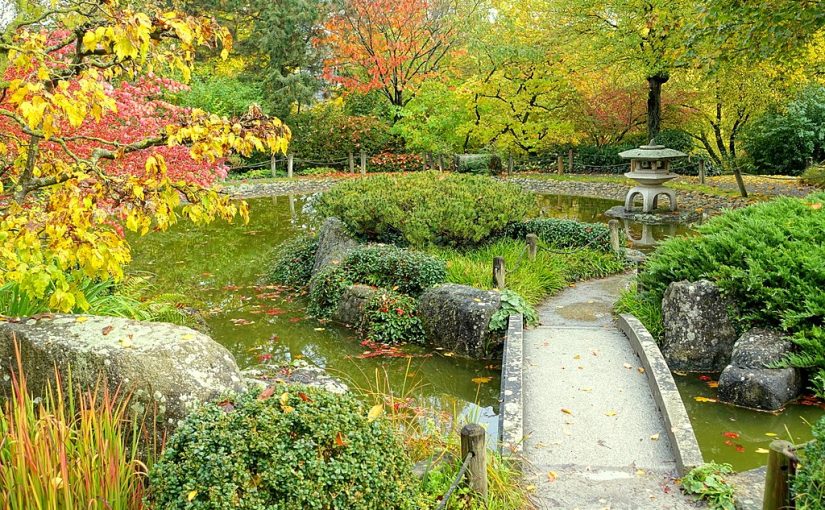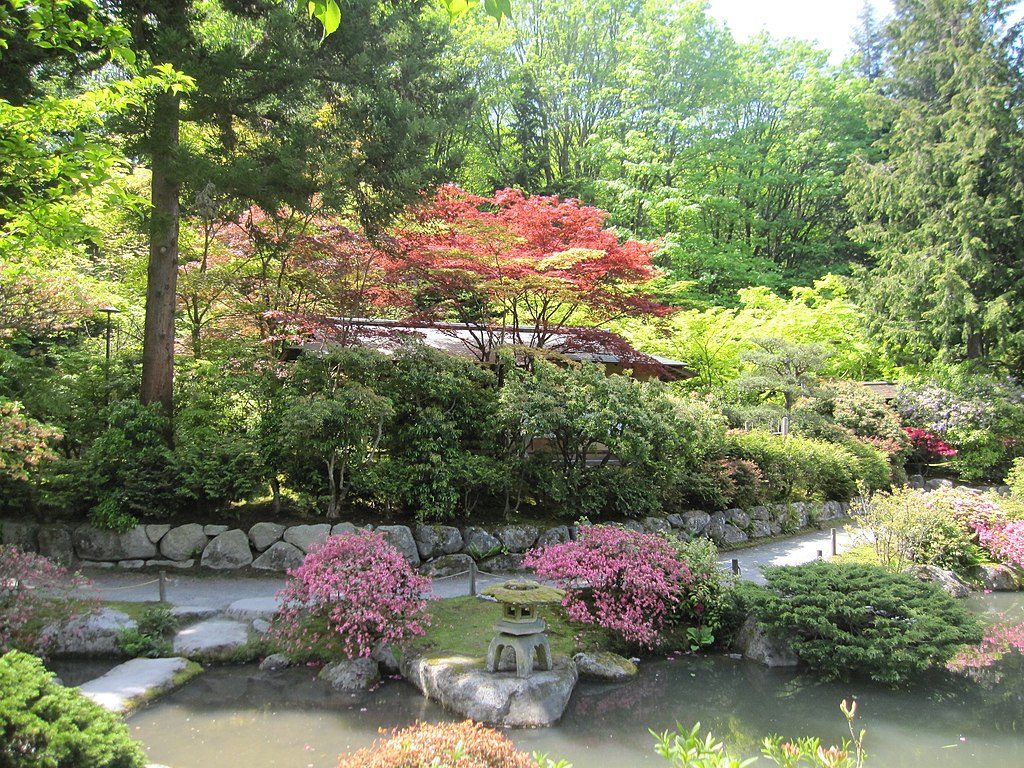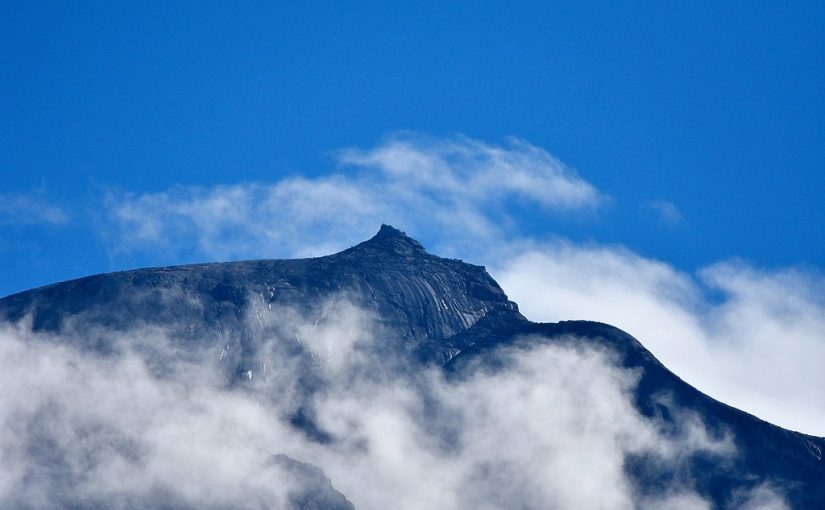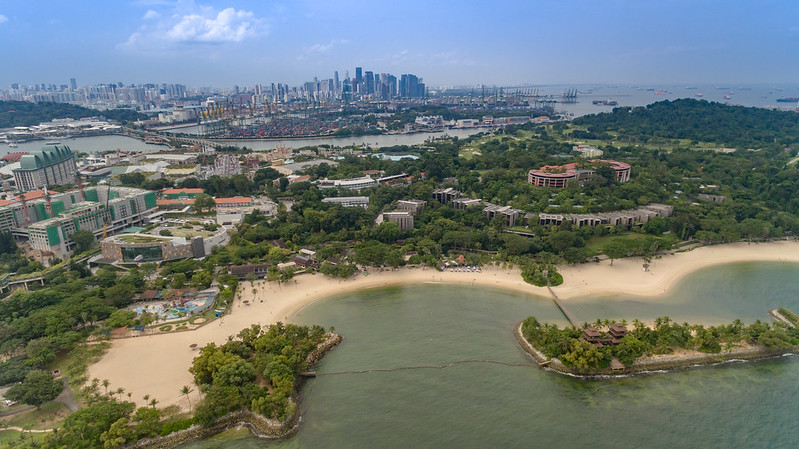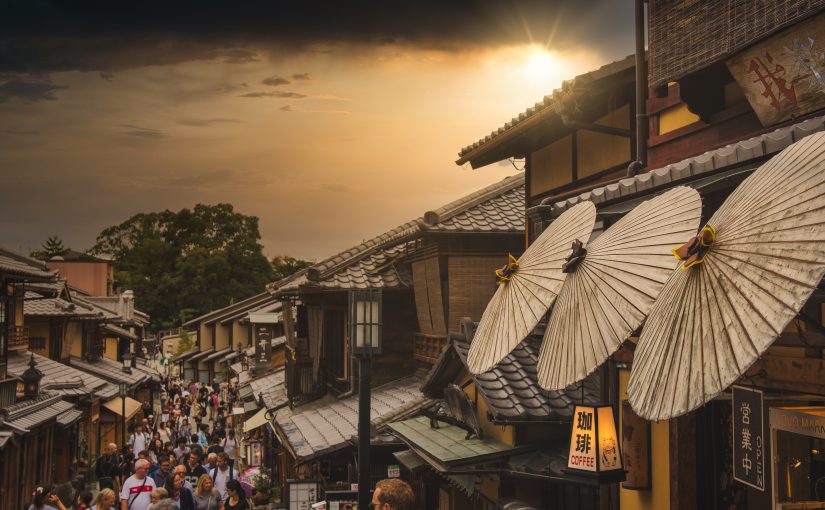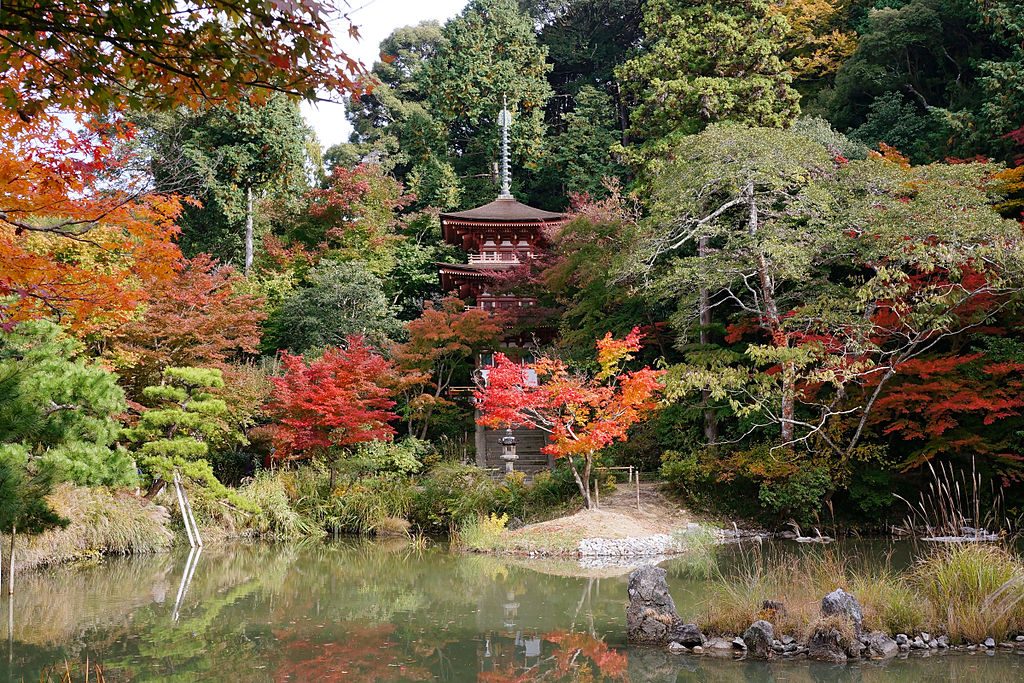There’s no doubt in anyone’s mind that the country of Kenya is beautiful. Filled as it is with natural wonders, flora or fauna, it’s plain to see that it’s blessed with bounties of many different kinds. It’s things like this that lead the stray wildlife photographer, or nature enthusiast, to chase after these simple pleasures of life and capture them on analogue or digital film, immortalizing them as part of the planet’s history at a given point in time. Well-known for nature experiences and safaris, what better place to chase after nature than the very country of Kenya?
Amboseli National Park
As many might agree, there is something especially calming and special about seeing one of the Earth’s most majestic creatures, the elephant, in its natural herd, roaming around the brown-green plains that it loves. At Amboseli Park, that’s exactly what you get and more – on clear days, you’ll also have the mighty Mount Kilimanjaro providing an especially impressive backdrop to these lovely animals.
Nairobi National Park
The only park in the world situated within a national city, this option provides any avid photographers with some things to think about! If you’re interested in taking a few shots of Nairobi and its natural environs, consider the convenience of such a short drive in comparison to many other camping safaris in Kenya, and the great numbers of 400+ bird species to capture here!
Maasai Mara National Reserve
The most popular wildlife reserve in Kenya, consider touring this place with reputed tour companies like SkySafari if you’re contemplating a visit! It’s home to one of the most awe-inspiring spectacles, the Great Wildebeest Migration, and is one of the great Wonders of the World. It’s a great place to visit at all times of the year and provides a unique landscape that we have become so familiar with thanks to popular culture.
Samburu National Reserve
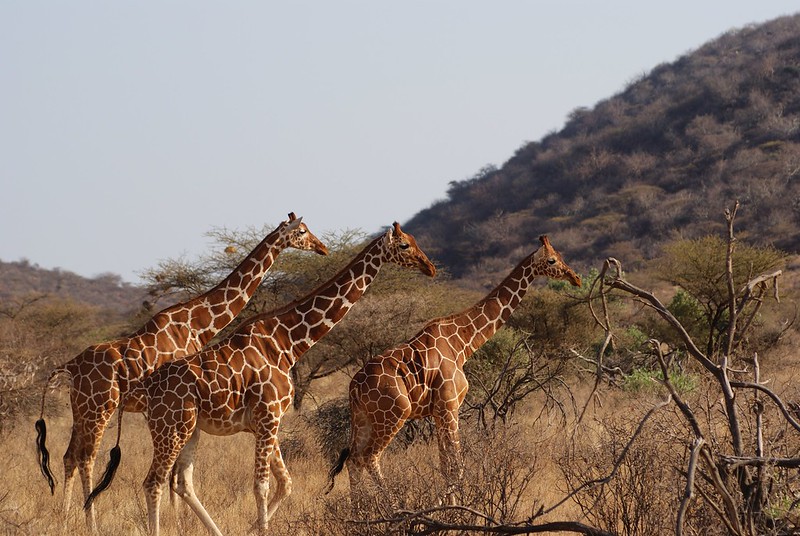
Our final choice on the list – the Samburu Reserve. Situated in Northern Kenya, it is home to the “Special Five” – the Somali Ostrich, Gerenuk Antelope, Grevy’s Zebra, Reticulated Giraffe, and Beisa Oryx – excellent species to capture on your camera. It’s also home to other less unique species, although no less enjoyable to capture, such as leopards, cheetahs and other big cats that make their home here.
